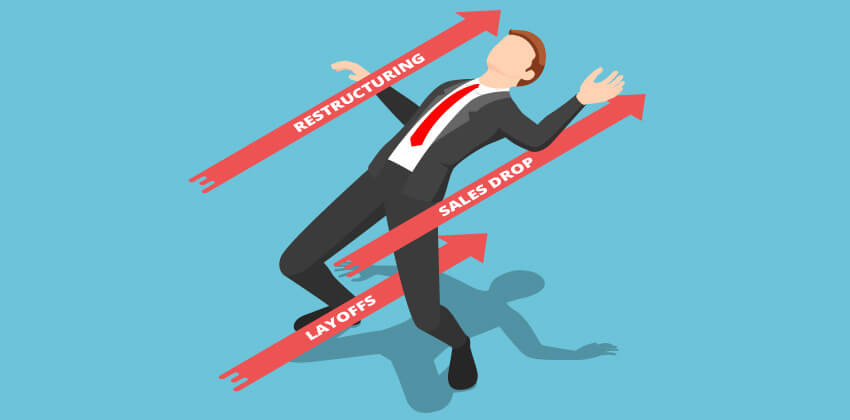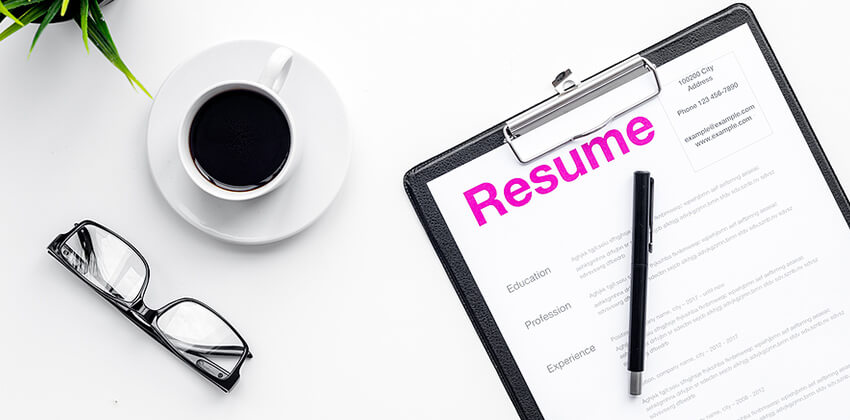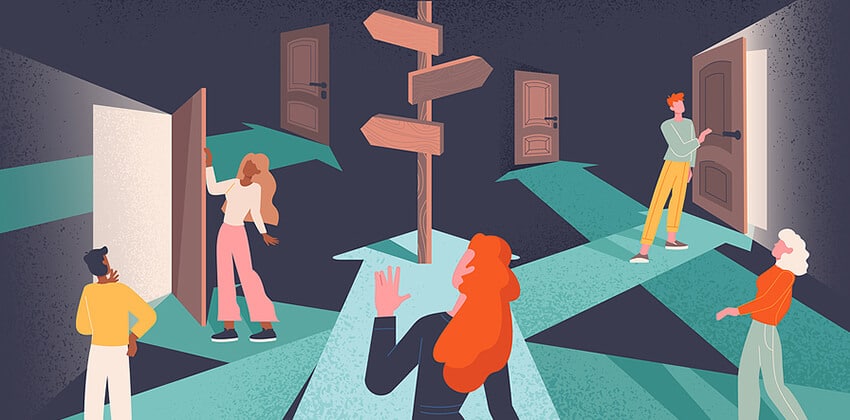
This article is part 1 of a 2-part series. This article addresses what to do if you lost a job and you think your age was a factor, plus some of the indicators that you might have a case.
Part 2 covers what to do if you were not hired for a job you were qualified for, and you think you were a victim of age discrimination.
After increasing for many years, the Equal Employment Opportunity Commission (EEOC) has reported complaints of age discrimination have dropped by over 10% in the last two years.
But, even in a healthy economy, age discrimination definitely still exists with over 18,000 complaints filed with the EEOC in 2017, down from over 20,000 in 2016.
Advertisement
What is Age Discrimination?
How can you tell whether the employment problems you’re experiencing are a result of age discrimination – or something else?
Recently I spoke with employment lawyer Mark Risk, who generously offered to answer my questions about age discrimination under the law. Our conversation covered what age discrimination means legally, how to recognize if you might be a victim, the steps to take to claim redress, and what you might win as the result of filing.
The discrimination discussed in this article centers around problems affecting people of the Boomer and older generations, and while the information comes from Mark Risk, it is paraphrased with his approval. When I quoted Mark directly, I used quotation marks around his words, and the words are italicized.
NOTE: Information provided is intended as a broad, general overview and is not legal advice.
How US law defines “age discrimination”
In the United States, all employment is “at will” unless the employee has a contract with the employer. Without a contract, “at will” employment means that the employer has the right to hire, and to fire, at any time and for any reason.
Certain classes of people (in this case older adults) are protected. They cannot be denied employment, or fired, for a prohibited reason, which is – their age.
The federal Age Discrimination in Employment Act of 1967 (ADEA) prohibits discrimination in hiring and firing or layoffs, access to training and benefits, and more and covers:
- People age 40 years and older.
- People working for private employers with 20 or more employees are included, as well as employees of state and local governments (including school districts), employment agencies, and labor organizations.
There are also state laws banning age discrimination, and, in many cases, city laws as well.
“The laws are all a little different in terms of what damages you can win, and can be somewhat different in what you need to prove. They also have differing provisions about what actions you need to take when you have a problem. So, someone with a problem might have various options.”
Getting Help
If you think you’ve been discriminated against, the government agencies that concern themselves with workplace discrimination issues are free and available to everyone.
On the federal level, that is the United States Equal Opportunity Employment Commission (EEOC).
“You can walk in without a lawyer, and tell them what your problem is. And they’ll assist you to file a charge of discrimination there. Or they will speak with you about it. However, the EEOC will not help you formulate your legal strategy. They do not advocate – it’s not their role.”
[You’ll find links to the EEOC, state agencies, and many other useful resources on age discrimination at the end of this article.]
If you want someone to advocate for you, to determine whether your best option is to file on the federal, state, or local level, and to formulate your strategy, seek the help of a lawyer.
Lawyers charge, but some will have a phone conversation with you to determine if it’s likely that they can help you before you commit to any fees. Others may have a junior lawyer or paraprofessional to screen your call and answer questions.
Lawyers generally charge by the hour, but, if they take your case, they might agree to receive all or part of their fees on a contingent fee basis from any money paid to you by the employer if you win the case.
What happens when you seek help?
In an initial conversation, you will be asked questions to determine if you have a case.
“I’m looking for real evidence. Did you feel you’ve been treated unfairly? What happened? Who was there? Who did you tell? The following are some of the issues I would consider.”
“I’m first concerned with the statute of limitations. When I’m told ‘I was fired last Tuesday, and I think it’s because of my age. A supervisor made comments that I was getting too old.’ When I ask when they may respond, ‘Three years ago.’ That can be a problem. For many discrimination laws, the allegations, the conduct at issue, must be recent.”
Even when the conduct is within the statute of limitations, the closer it is to the firing, the easier it can be to demonstrate cause and effect, to suggesting a motivation for the firing.
“I might ask about the quality of your job performance. If there’s a performance metric – if your job is to load trucks and you’ve loaded the most trucks, and yet been let go – that’s suggestive that something else might be going on.”
“Someone might say, ‘Our department got much younger. There were three of us who were there a long time, and we’re all laid off now, or we were all passed over for promotions. Or, there was a training opportunity, and only the younger people were selected. Or, everyone got a raise except us.’ That can be a sign of statistical patterns that can be documented.”
“There’s an amendment to the (U.S. Federal) discrimination law, The Older Workers Benefit Protection Act (OWBPA) which requires that employers, in certain large lay-offs, give anyone involved a list of the names and ages of those laid off. If there’s a layoff in the department and it’s disproportionately older workers, that is something that will get a lawyer interested.”
“If comments are made to you at the workplace that are not appropriate, write them down right away, or as we lawyers like to say, ‘contemporaneously.’”
Bad treatment is not necessarily discrimination
“I often have people telling stories about what happened to them, and I agree that the employer was boorish and unfair and the person was treated badly. I sympathize, but it doesn’t mean their problem is illegal employment discrimination. It’s hard for people to sort out what happened to them that was immoral and wrong from actual evidence of employment discrimination.”
” It’s legal to treat your employees badly. It’s just not legal to treat them badly on the basis of legally prohibited legal characteristics, such as their age.”
NOTE: Information provided is intended as a broad, general overview and is not legal advice.
Mark Risk.
Special thanks go to employment attorney Mark Risk, for his candor, and for sharing his expertise.
For More Information:
- The U.S. Equal Employment Opportunity Commission:
- U.S. Department of Labor:
- The Age Discrimination Act of 1975, and other useful links on the topic of age discrimination –
- Additional information on age discrimination
- WorkplaceFairness.org – Includes information on workplace rights in all 50 states, resources for help and information including contact information for all relevant government agencies, and more
- American Bar Association – lawyer referral services by state
- Mark Risk – Mark Risk P.C. represents clients in employment law and litigation in New York
More About Fifty Plus Job Search
- Beating the “Too Old” Bias: Being Visibly Up-to-Date
- Beating the “Too Old” Bias, Learning New Skills
- Age Discrimination in Hiring
- Age Discrimination in Job Loss
- Goal Setting for Success
- Job Search Advantages of Being Over 50
- Find Part-Time Jobs with Benefits
- Goal Setting for Your Success Plan
- Boomer Job Search
 About the author…
About the author…
Phyllis Mufson is a career / business consultant and a certified life coach with over 25 years of experience. She has helped hundreds of clients successfully navigate career transitions. You can learn more about Phyllis and her practice at PhyllisMufson and follow Phyllis on Twitter @PhyllisMufson.
More about this author…
Don't forget to share this article with friends!




